A raspberry shrub (Rubus idaeus) is a deciduous perennial plant that belongs to the rose family (Rosaceae). It is well-known for producing delicious, sweet, and tart berries that are commonly used in cooking, baking, and eaten fresh. Here’s a description of the raspberry shrub:
- Appearance: Raspberry shrubs typically grow to a height of 3 to 6 feet (1 to 2 meters), although some varieties may grow taller. They have woody stems called canes that are covered with thorns or prickles. The canes are usually green when young and turn a reddish-brown as they mature.
- Leaves: The leaves of a raspberry shrub are compound, consisting of three to five leaflets. They are typically green and have a serrated or toothed edge.
- Flowers: Raspberry shrubs produce small, white to pale pink flowers with five petals. These flowers are typically around 1/2 inch (1.3 cm) in diameter. They appear in spring and early summer.
- Fruit: The most distinctive feature of the raspberry shrub is its fruit. Raspberries are small, round or oval-shaped, and come in various colors, including red, black, yellow, and purple, depending on the variety. These berries are composed of many individual drupelets clustered together, and they are known for their sweet-tart flavor.
- Growth Habit: Raspberries are known for their spreading growth habit. They send up new canes from their roots each year, while older canes bear fruit. After fruiting, the older canes can be pruned to encourage new growth.
- Cultivation: Raspberry shrubs prefer well-drained soil with good organic content. They thrive in full sun but can tolerate some shade. Proper pruning and support may be needed to manage their growth and optimize fruit production.
- Raspberry shrubs are popular among gardeners and home growers because they produce tasty and versatile berries that can be used in a wide range of culinary applications, from jams and pies to smoothies and fresh snacks. Their growth habit, delicious fruit, and attractive flowers make them a valuable addition to home gardens and orchards.

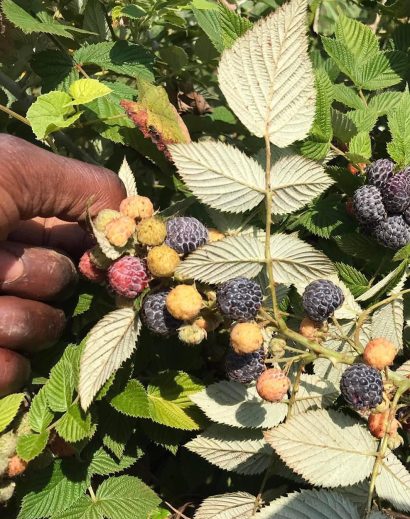
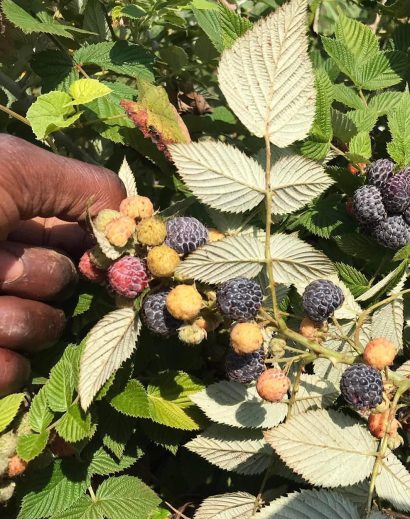
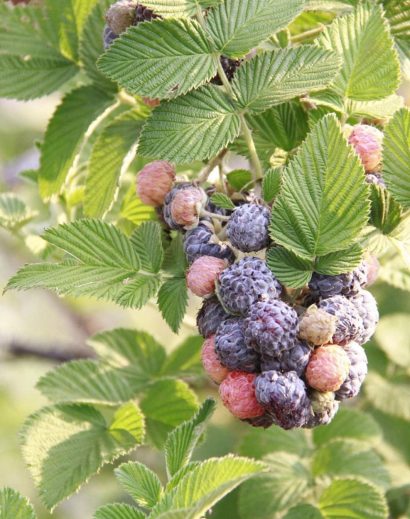
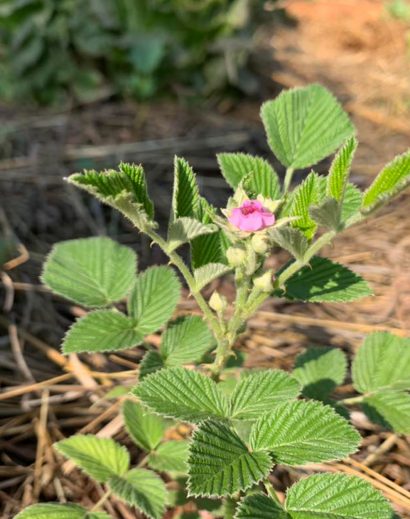
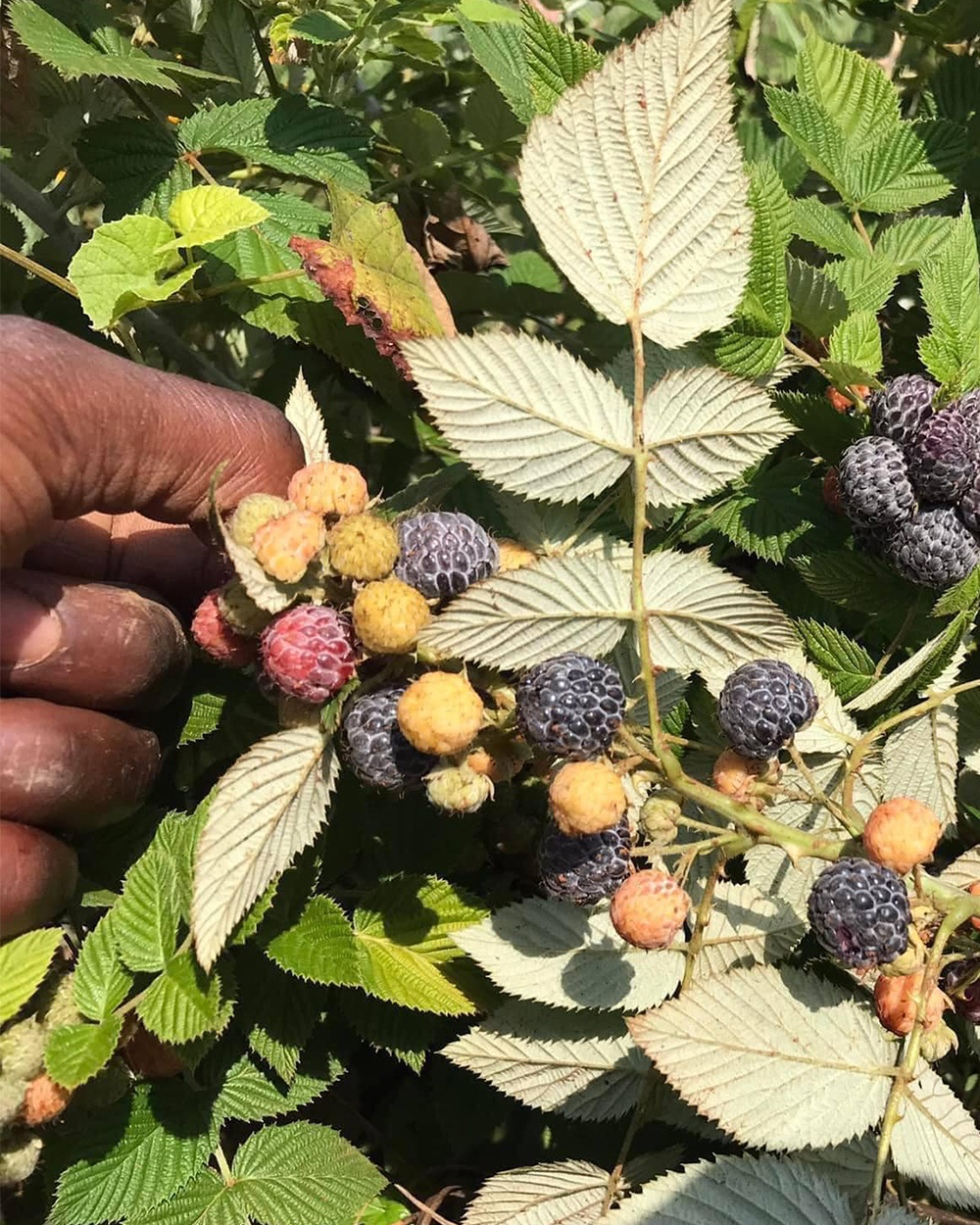
Reviews
There are no reviews yet.